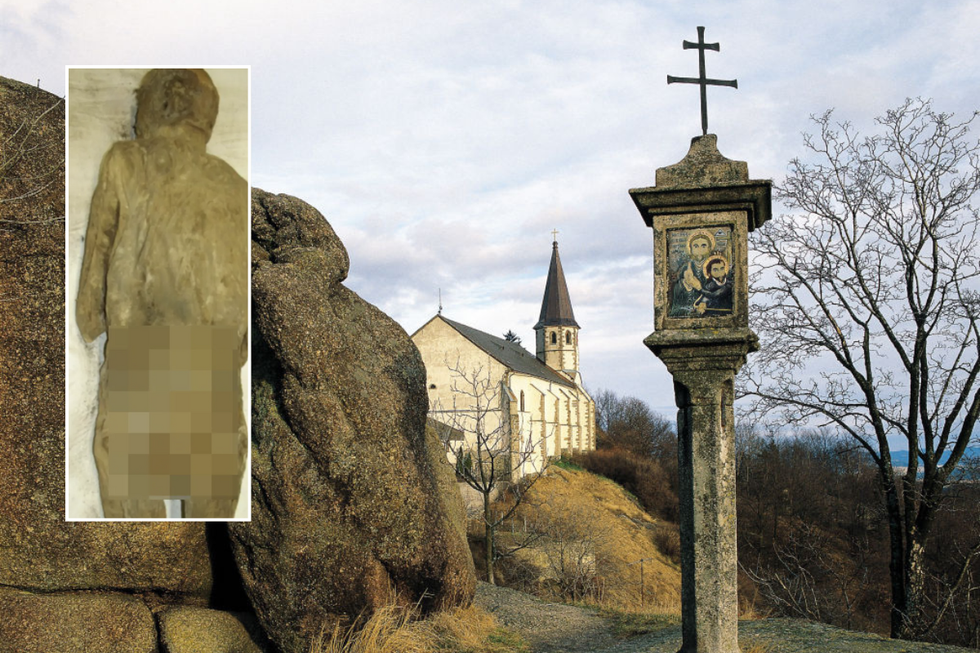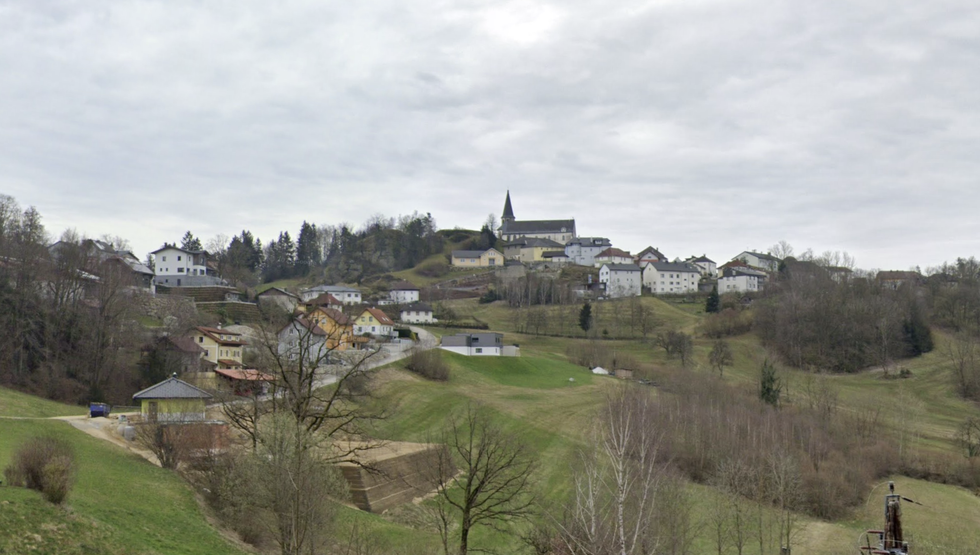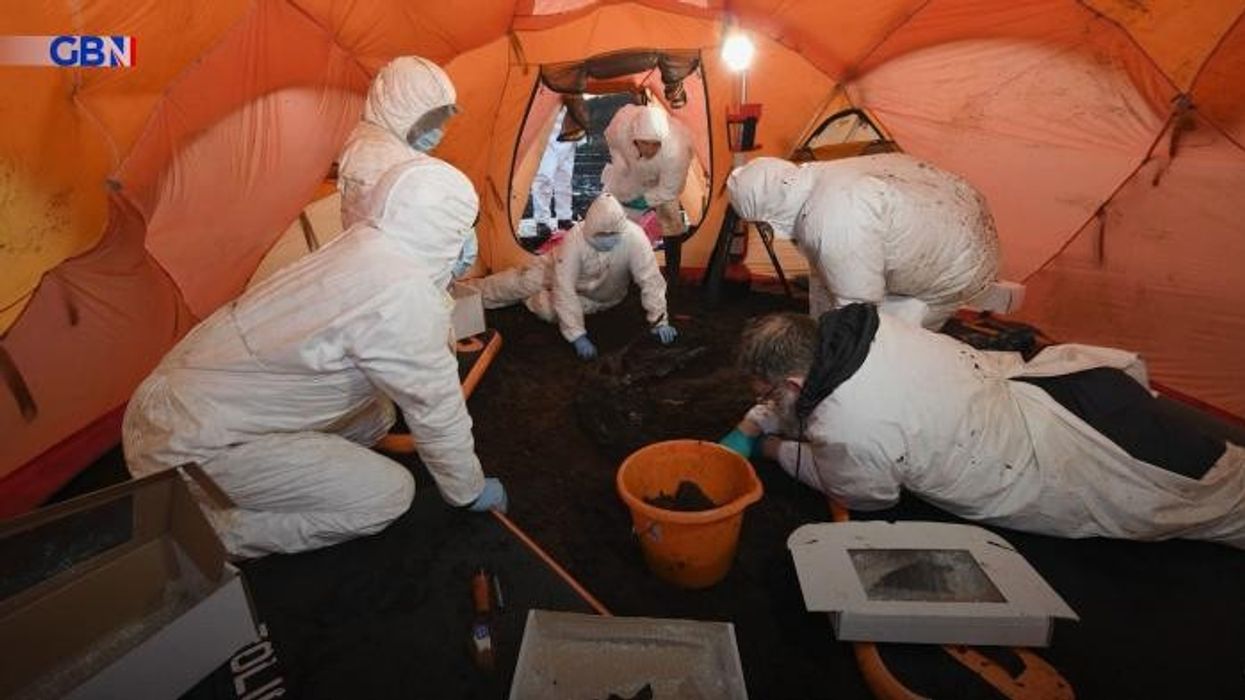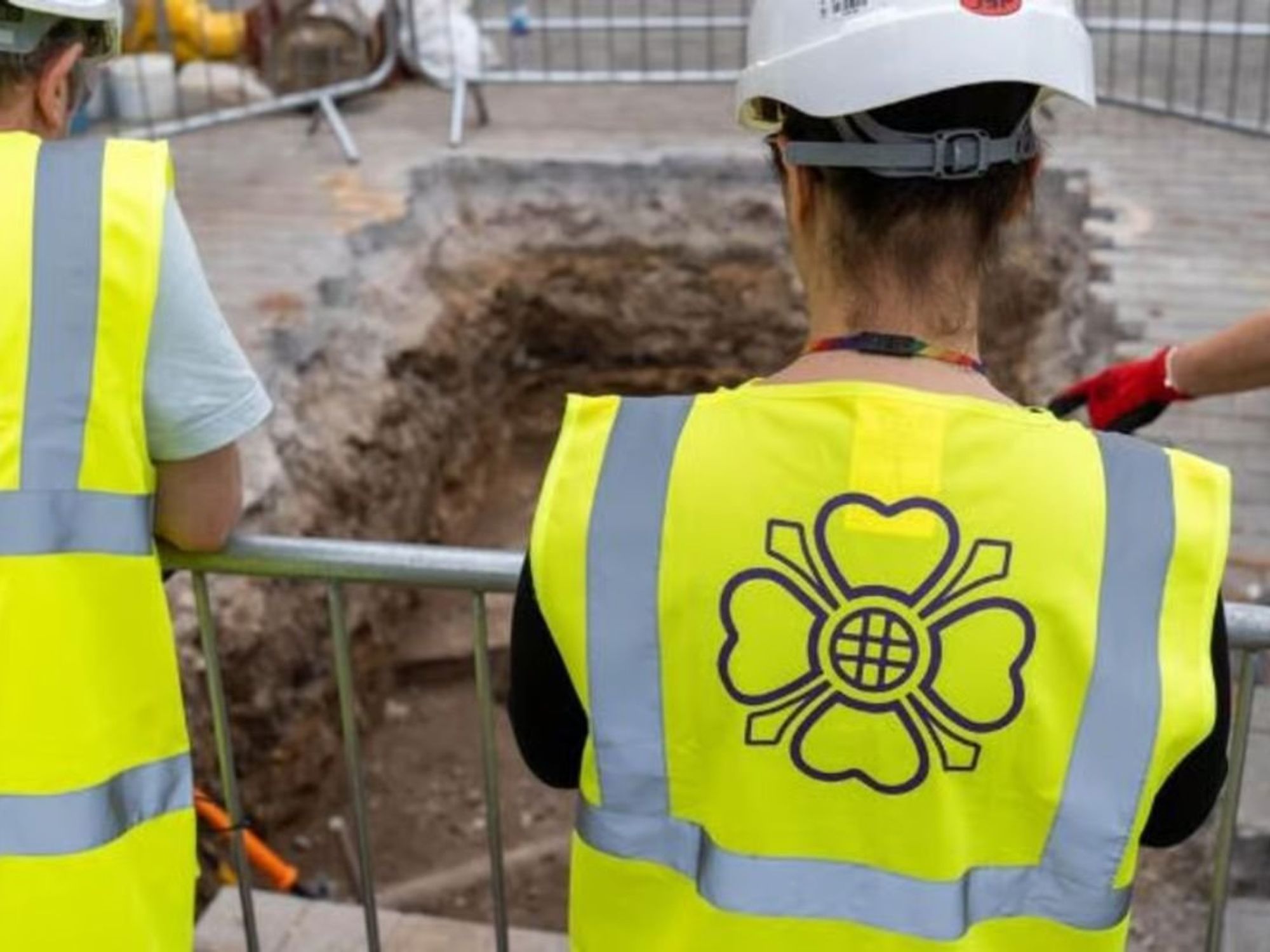Expert reveals bizarre reason 'unusual' mummy survived centuries

Researchers were surprised to discover the contents of the body found in St. Thomas am Blasenstein in Upper Austria
Don't Miss
Most Read
Latest
Researchers have uncovered the bizarre reason why an "unusual" 18th-century mummy in Austria has survived the centuries in an excellent state of preservation.
The findings, recently published in the journal Frontiers in Medicine, reveal a highly abnormal preservation method.
The mummy, known as the "air-dried chaplain", is housed in the crypt of the church of St. Thomas am Blasenstein in Upper Austria.
Scientists were stunned to discover the mummy's abdominal cavity was packed with an unusual mixture of materials, including wood chips, twigs and various fabrics, alongside a special chemical solution.

The mummy remains at the Austrian church
|Getty/Andreas Nerlich
This unexpected preservation technique has left experts fascinated by the remarkable condition of the centuries-old remains.
Historians believe the mummy is likely Franz Xaver Sidler von Rosenegg, a vicar who had been temporarily assigned to the St. Thomas parish when he died. Carbon dating indicates he passed away between 1730 and 1780, aged between 35 and 45 years old.
The study revealed fascinating details about his lifestyle. "He had a high-quality diet based on terrestrial animal products [and] showed no signs of major physical work load," researchers noted.
Despite his apparently healthy lifestyle, the vicar likely died from an acute pulmonary haemorrhage after suffering from tuberculosis.
LATEST DEVELOPMENTS:

The village in northern Austria
|Google Maps
The study detailed that he "was most likely a pipe smoker and suffered from chronic active pulmonary tuberculosis" with various complications, including "a right lower lobe cavity with focal heterotopic ossification".
The most surprising discovery came when researchers examined the mummy's midsection, finding it filled with unusual materials.
"Most surprisingly, we detected, in the otherwise completely intact abdominal (and pelvic) cavity, extensive packing with foreign material, which was identified as a mixture of wood chips, fragmented twigs, large amounts of fabric of various types, including elaborate embroidered linen, and even pieces of silk," the study revealed.
Alongside these materials, scientists found a solution made of zinc, chloride and copper that had been inserted into the abdominal cavity.
"This embalming method seems to have included high-level zinc-ion solution impregnation (most likely zinc-chloride with small amounts of arsenic) and the addition of copper," researchers explained.
This unusual combination led to the body's "excellent state of conservation", though the face, skull and extremities were less well-preserved. Professor Andreas Nerlich, who discussed the findings, emphasised the significance of this preservation method.
"The most significant factors for the embalming of this mummy were the internal stuffing [of] fabric and wood chips and the zinc-chloride solution," he explained.
Nerlich noted this embalming technique was previously unknown, adding: "We have no idea whether this technique has been applied more often, but this is the first verified case of such a treatment. We have no data on its use in other cases."











